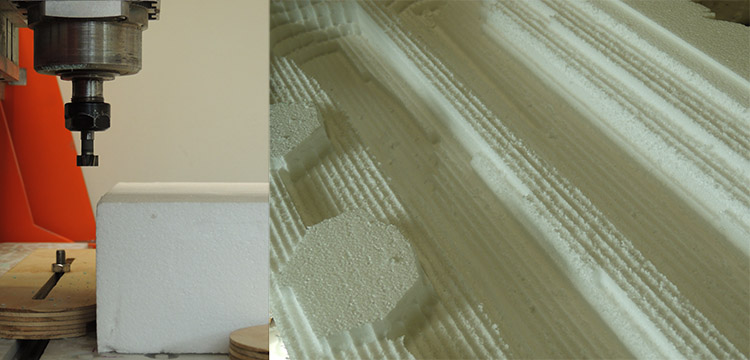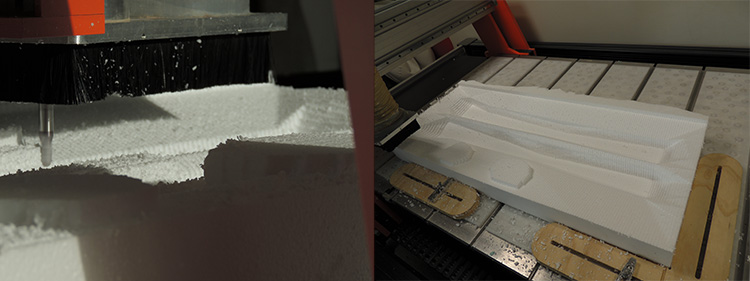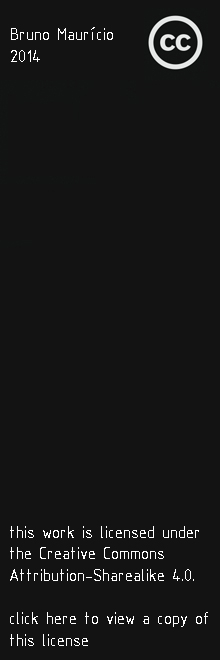For this week assignment, we have to design and fabricate a mold, lay fabrics and matrixes in order to produce a fiber composite.
- class notes:
- CAD






It's like concrete, 'steel bars good at tension' renforcing a 'weak at tension concrete', but in this case is a thinner wall The idea is to design mold, layout a fabric and apply 40 psi against a mold, in order to produce a thin strenght ultralight skin.

The CAM was ready, i tested my Dublin inventory to see if it fits, certainly the camera rough shape was fine. Then i've cut the burlap with a rough 20 milimeters offset in each side to compensate the non flat surfaces. The fist thing to do now is to apply a mold release that doesn't stick to epoxy, celofane paper is just fine for this job.

Then i've measured the epoxy and the catalist, steer well, neil recomendation is to mix five times longer then you think.
The trick is to apply resin in heterogeneous layers, repeat on reverse, then lay the sticky moisty burlap on the mold, do the same in a cross fiber orientation and you're good to apply the perforated mold release. For this time, i've simply perforated a celofane film with Luís help and lay over the resined burlap. Then i've applyed the breeder, in this case was 10 milimiters thick cotton. Then seal the polietiline film from ferdinand withe the modela green plasticine. We use a jeans scrap and a few self-locking brakets to make the breather happier.


Then seal the polietiline film from ferdinand withe the modela green plasticine. We use a jeans scrap and a few self-locking brakets to make the breather happier.

we used the epilog small compressor to push the air and apply a 45 psi to each surface, the result is a crushed composite on his curing time againt a mold. The result is a very decent composite, you can hardly break-it with your own hands im sure. Now is time for uning the two halfs.

I've actually produced the molds but then i've run out of time, maybe later i will seal this stuff with four resined stripes.






 design files
design files
